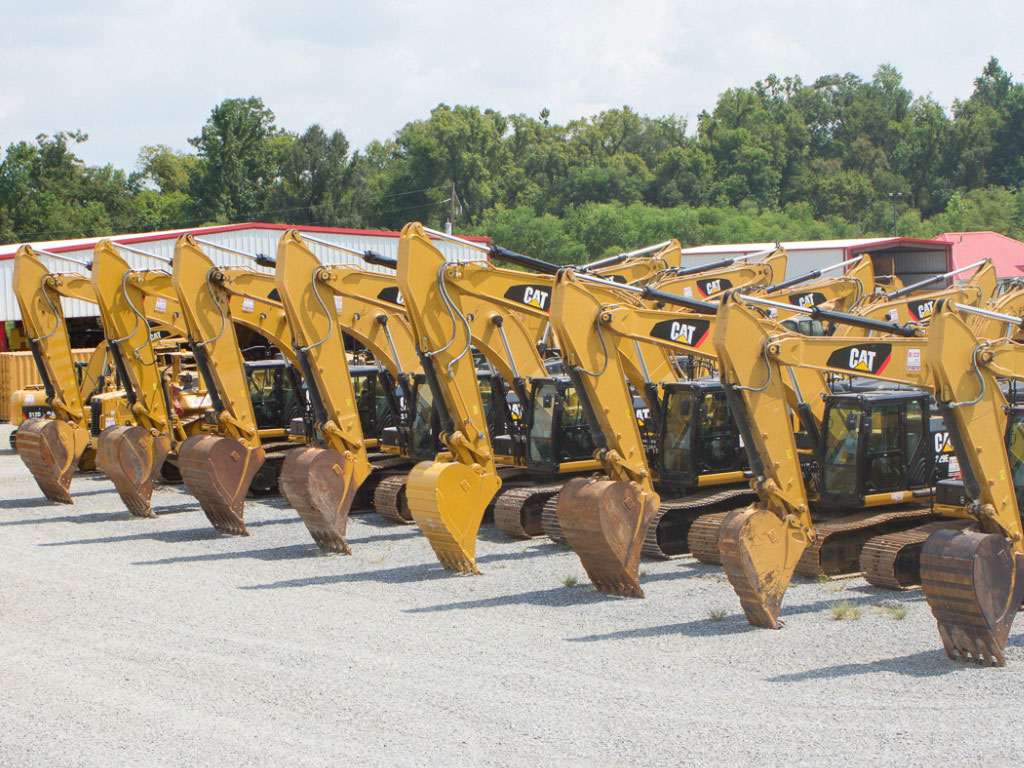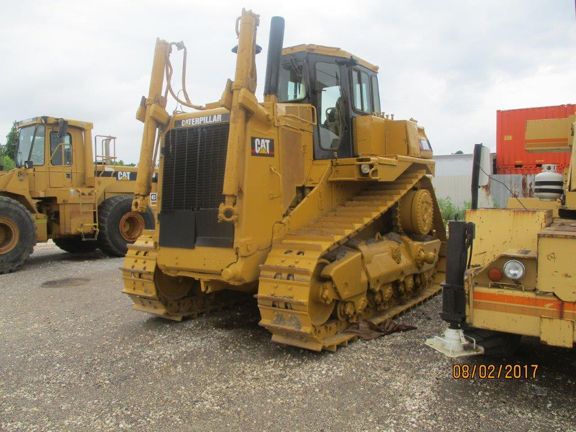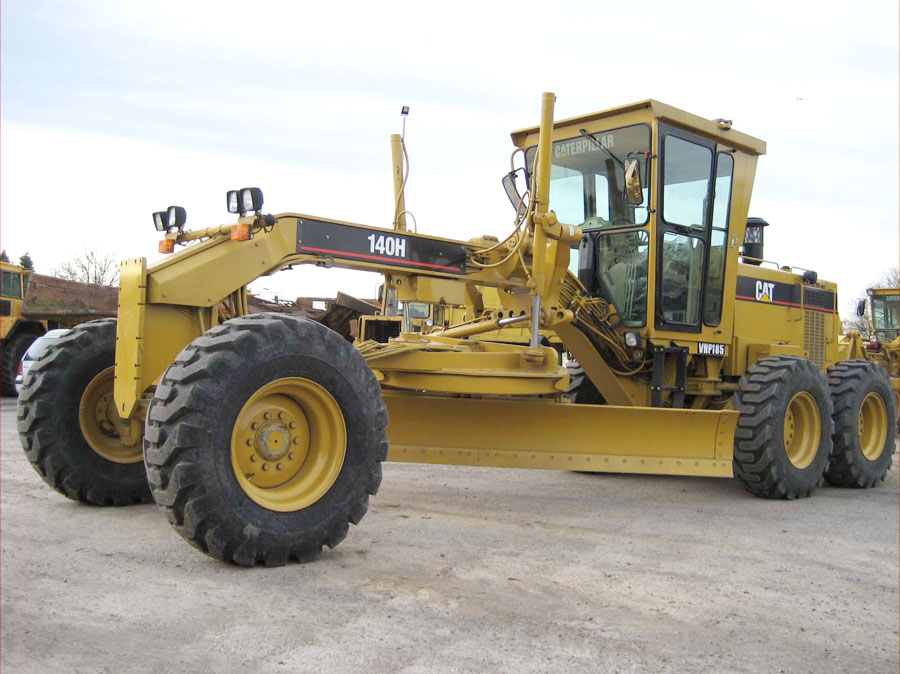Always Prefer To Safe Your Crane Operational Activity With Equipment
As we all know that shifting massive loads around a work environment requires vigilant attention to protect. If you are having a business of Construction Equipment For Sale, then it is obvious that Mishaps can take place and it can give substance damages. An essential awareness of examination, maintenance, and operating methods can make the difference been smooth action and a terrible accident.
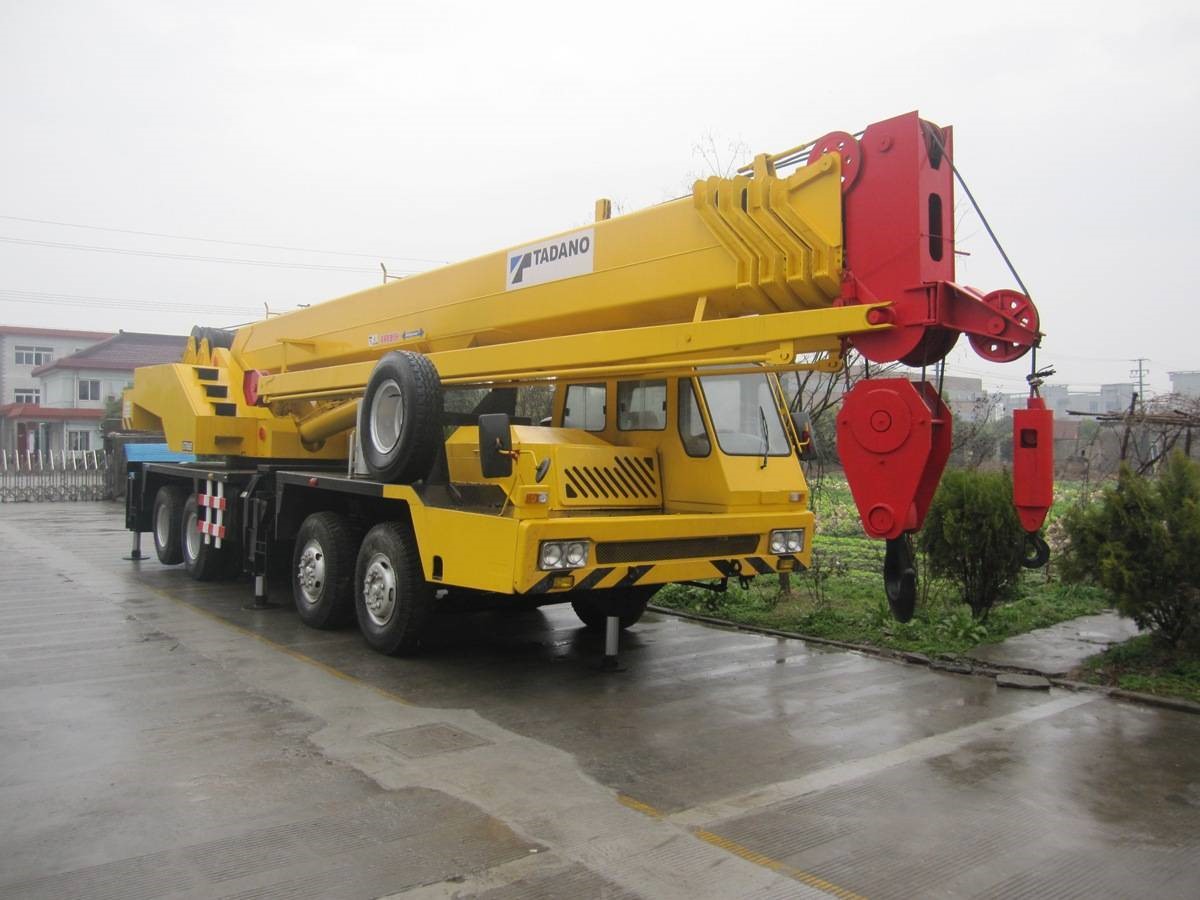
The Tool And Gear
The primary fact is that reducing the chances of dangers during crane operation depends on numerous things. We’ll review a few of the vital points here. Overhead and support cranes have three axes of directional move: upright in the direction of the lift and load hook, cross beside the path of the trolley, and forward and reverse along the path of the viaduct. Machinists and employees should be educated in the crane’s capabilities, movements, speed, manage settings, and protection tools.
Despite the fact that cranes are prepared of high-force steel, you should never surpass the crane’s rated load capacity. If you will try to move a load greater than the crane’s power can put excessive pressure on the equipment and can put workers in danger condition. Second, operational tools must be examined repeatedly to be sure that all movements agree with the controls as marked.
When you are working with overhead and supportive mobile cranes, be attentive for extreme drift or unequal stopping distances. Make sure all the hooks and wire ropes are damaged free from damage and all wire ropes are correctly joined. Be sure that all damages noted on every day examinations is correctly documented, pointed, and reported to managerial staff. Wire ropes should never bind around a weight stack or used as hangs unless particularly designed for this use.
Additionally, if the device is over its life limit so don’t use them to carry loads and also alert for further danger indications such as oil leaks or abnormal sounds. This thing not only encourages safety, but may assist to avoid expensive repairs.
It is very important that all the warning devices like bells, gongs, sirens, strobes are in operating order. Also confirm that the crane or winch has not been labeled with a lock out tag or cutoff order indication. Lastly, a clean and well-lighted job place can stop accidents. All cranes need standard maintenance to assure for secure operation.
The Weight Stacks
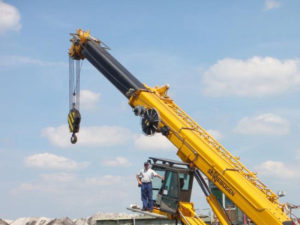
Moving huge weight stacks carefully depends a great deal on the load itself. For example, weight should be constant and stabilized. Checking a load by raising it a few inches can assist to find out whether the load is constant enough to be shifted to its destination.
Heavy weight loads should be shifted smoothly and at secure speeds to avoid jumping and swinging. The heavy weight stacks should never be moved over those places where other staffs are working. When the heavy loads not in use, it should keep in the ground and secured.
The Individual Safety Factor
The most excellent asset in crane protection is having qualified and educated workers. Well-educated machinist and employees can indicate the difference between secure operation and an unwanted danger. Machinists and employees who are aware of the protection features of their tools are far less expected to experience expensive or life-threatening mishaps.
A crisis or emergency reaction plan in the event of an accident can assist prevent or decrease injury and harm. To ensure secure and perfect action, employees and operators should recognize and practice accurate hand signals.
The crane machinist should react only to signals from the employee directing the lift. In the incident of power breakdown, the machinist must set all controllers in the “off” position. Manual cautioning devices (when presented) or verbal signals should be used to inform workers when a load is beginning to shift or when workers are in the way of the load. No fix, examination, maintenance or additional work should be done under a postponed load.
